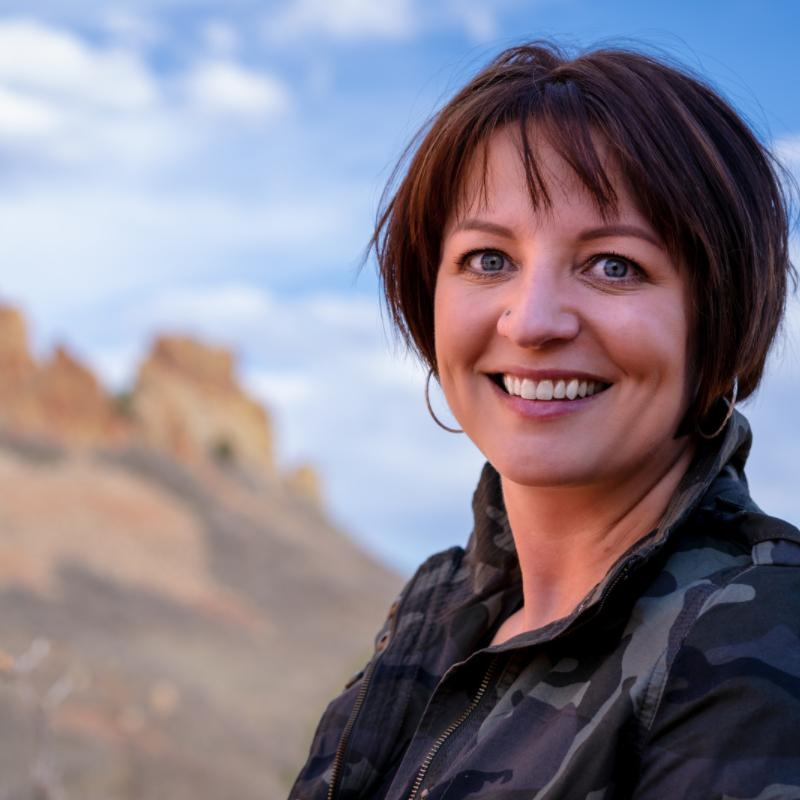RV beginnerRV travel and destinations
RV Camping in US National Parks [What You Need to Know]
Posted on January 16, 2023
![RV Camping in US National Parks [What You Need to Know]](https://ghost-cdn.rvezy.com/2023/01/RV-camping-in-a-national-park.jpg)
RV camping in a U.S. national park can be an unforgettable experience, especially when you're an RVer. However, planning your trip can be challenging if you’ve never done it before.
In this article, you’ll find everything you need to know about national parks, including:
- How to find RV-friendly campgrounds.
- Size restrictions, hookups, and amenities within the different parks.
- Entrance fees and pass requirements.
- Where and when to book your campsites.
- RV rentals near national parks.
What's a national park?
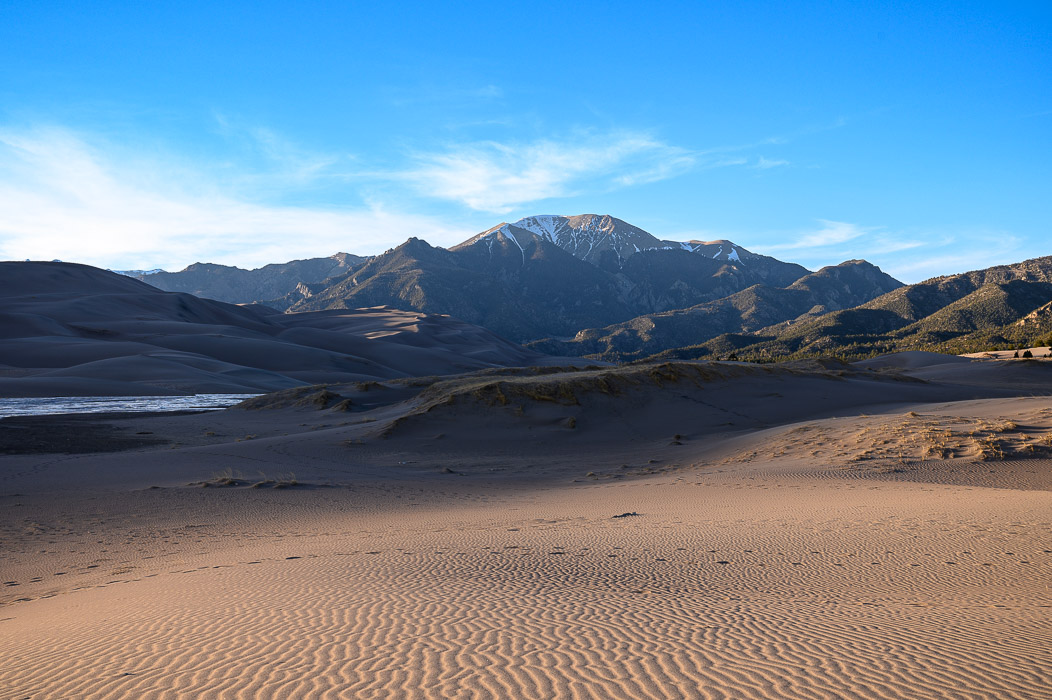
The National Park Service manages all national parks and most of the 400-plus national park sites in the U.S. and its territories, including battlefields, lakeshores, monuments, and recreational and historical sites. Although some sites have the words national park in their name, only 63 are truly national parks, a title that can be designated only by a congressional act.
Why you'll like camping at a national park
National park campgrounds are located within the boundaries of a national park and are often the best places to stay if you want to feel close to nature and have direct access to the park's most beautiful features.
National park RV campgrounds are often small, simple, and rustic to align with the park's preservation and conservation efforts.
What you need to know about camping at a national park
Ready to book an RV campsite at a national park? Here are some things you might want to know before making your reservations.
Operating hours
Most national parks stay open for public recreation 24 hours a day, seven days a week, but the facilities and campgrounds within the park operate hourly or seasonally. For example, campgrounds may remain open during the peak camping season but close, winterize, or restrict usage during certain times of the year. Before booking your campsite, verify if the park has the following:
- Special permits needed or timed entry requirements.
- Seasonal operations or facility closures.
- Gate closures or arrival and departure restrictions.
Entrance fees
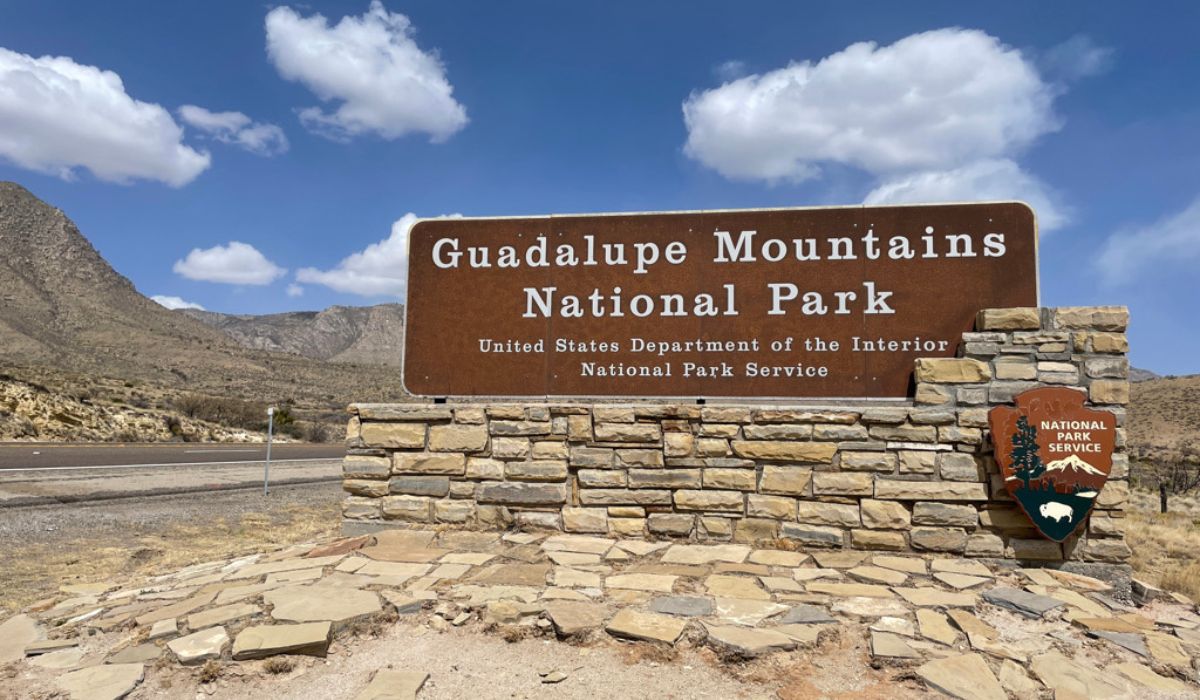
Almost all U.S. national parks require an entrance fee, separate from the cost of overnight camping. Entry fees typically cover one private vehicle and span seven days.
If you think you're going to visit more than one national park or federal recreation area, consider buying a yearly interagency pass, which will grant you entrance to 2,000 or more federal recreation sites. The National Park Service has several annual passes, which you can buy in person and online.
Timed entries and special lotteries
Some national parks have timed entries or a recreational lottery for special events, hikes, and points of interest to help manage the traffic and reduce human footprint. Should you visit a park with a timed entry or special lottery, you can find out more information by visiting the park's website.
Size restrictions
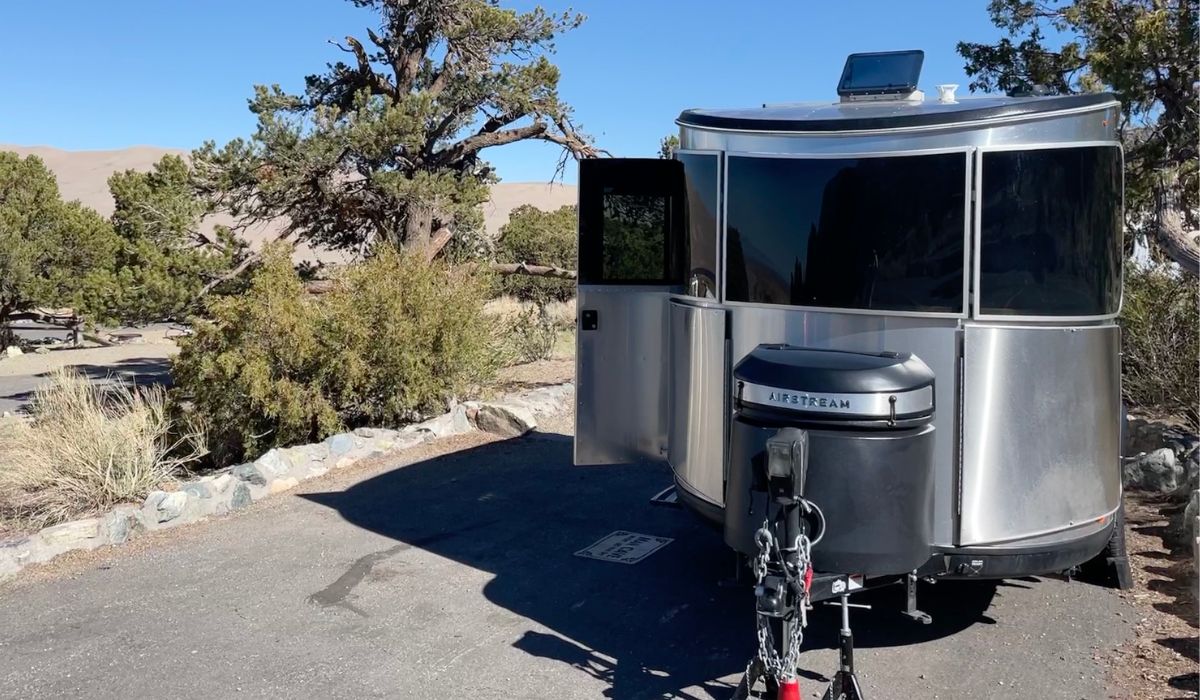
National parks protect the natural features of an area, and because of that, the parking lots, interior roads, and campgrounds may not accommodate every size RV.
It's important to know if the park permits oversized parking and where you can drive and park your RV. When reserving your campsite, view the campsite's details to ensure the site is long enough to fit your RV, any tow vehicles, and the slide outs or awnings you want to open during your stay.
If you’re renting an RV, you can add a size filter to accommodate the size of your campsite.
Pro tip. The average length campsite in a national park is 27 feet.
Campsite types
Pull through
Pull-through campsites have an entrance and exit on either side of the parking space, making it easy to park and set up your RV.
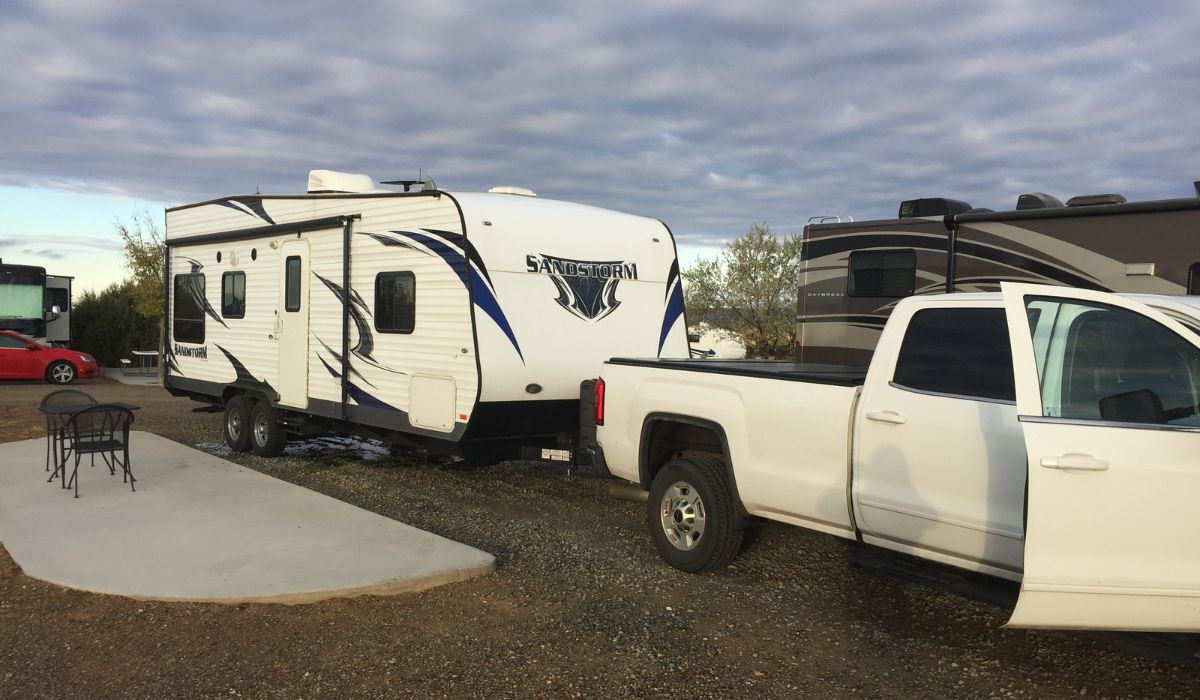
Back in
A back-in campsite has only one entrance and exit point, which makes it necessary for you to back into your site to park to set up your RV.
Pro tip. Reserve a pull-through campsite if you don't want to back your motorhome or trailer into your spot.
Site features and hookups
National park campgrounds classify their campsites by the available utilities. More often than not, national park campsites have either no utilities or just electricity at each site.
Standard electric
Standard electric campsites have 15, 30, or 50-amp electrical connections and no water or sewer. Occasionally, you may find a standard electric site with a dedicated water or sewer hookup, but in most campgrounds, assume that a standard electric hookup will have electricity only.
Standard nonelectric
Standard nonelectric campsites (sometimes called dry or primitive) don't have amenities like electricity, water, or sewer hookups.
Want to know more about RV hookups? We break everything down in How to Use the RV Hookups in a Campground.
Generators
Some national park campgrounds allow generators during certain hours of the day. If your site doesn't have electricity, and you want to use an onboard or portable generator, ensure you've read the campground's generator rules before making your reservation.
Max occupancy
Max occupancy is the maximum number of people permitted in a campsite. On average, national park campgrounds allow eight people in each site, but the rules will vary.
Accessible
ADA-accessible campsites are often paved, level, and larger than standard-size campsites to accommodate wheelchairs.
Pets
For the safety of park guests and to protect wildlife, most national parks won't allow dogs or cats on any trail, beach, or undesignated pet areas outside the campground.
Pro tip. Find out everything you need to know about camping with pets in The Pros and Cons of RVing with Pets.
Campground amenities
Here are some basic amenities you might find at a national park campground. If your campsite doesn't have the amenities you need, you might want to consider the proximity of the public facilities, such as the restrooms and water faucets, and choose a site near what's most important to you.
Restrooms and showers
Campgrounds sometimes will have flushing toilets, running water, and showers. Bring quarters or cash for the change or token machine if you want to shower, as many national parks only have coin-operated showers.
Vault or pit toilets

Vault or pit toilets remain open year-round and allow campgrounds to have services available when there are basic amenities or limited services.
Potable water
Campgrounds may have potable water faucets in the campground for campers to fill water bottles and water jugs. However, these faucets differ from a freshwater filling station, and most campgrounds won't allow RVers to attach a hose or fill their tanks with this water.
Pro tip. Check out 9 Things You Need to Know About Your RV’s Black Water Tank to learn everything about your RV's sewer system.
Dump station
National park campgrounds may have an on-site dump station available for registered campers. Some campground dump stations are just a drain in the ground, while others have potable and non-potable water faucets for cleaning your sewer hoses and filling your freshwater holding tanks.
Firewood
Contact the park directly to find out if there is a firewood policy or fire ban, or visit the interactive map at Don't Move Firewood to learn the park's recommendations for using firewood responsibly.
Trash
Campgrounds may have dumpsters, recycle bins, or trash cans for campers to dispose of their trash, but if they don't, you'll have to recreate responsibly and pack your trash out yourself.
Bear-proof lockers
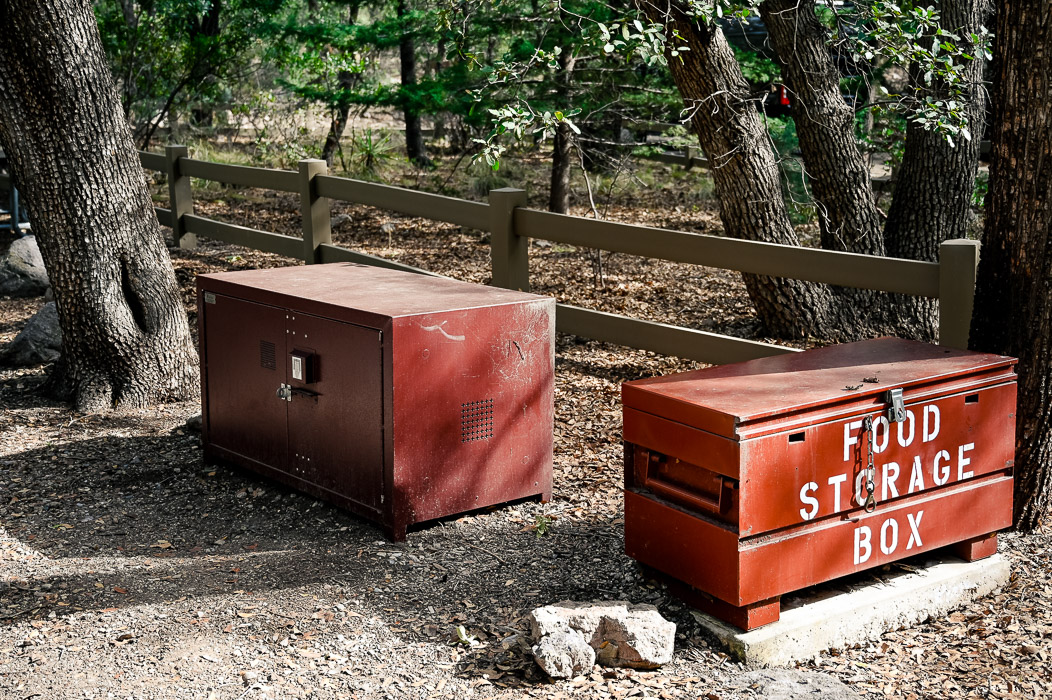
National park campgrounds may have bear-proof lockers if bears inhabit the park. The smell of food, water, trash, and toiletries can attract bears, and the storage lockers help keep your items away from the bears and bear activity near your campground to a minimum.
National parks with RV camping
Not all national parks have campgrounds or RV camping. Find out which national parks have RV campgrounds and other important information, such as when and where to book your site, size restrictions, campground amenities, and more, by visiting the park's website.
Reserve a campsite at a national park
Ready to reserve a site? RV camping is a popular pastime, and because of that, most national parks have moved away from first-come, first-served (FCFS) camping to reservation-only camping.
Making a reservation is easier than ever, too, since most states have an online reservation system to manage their reservations. Reservation windows vary by park, but many parks make their campsites available six months to a year in advance.
RV rentals near National Parks
Don't have an RV? You can still experience everything in the national parks by renting an RV for your adventure. Many of the hosts on RVezy can deliver, set up, and pick up an RV rental right to your campground.
Related Reads
